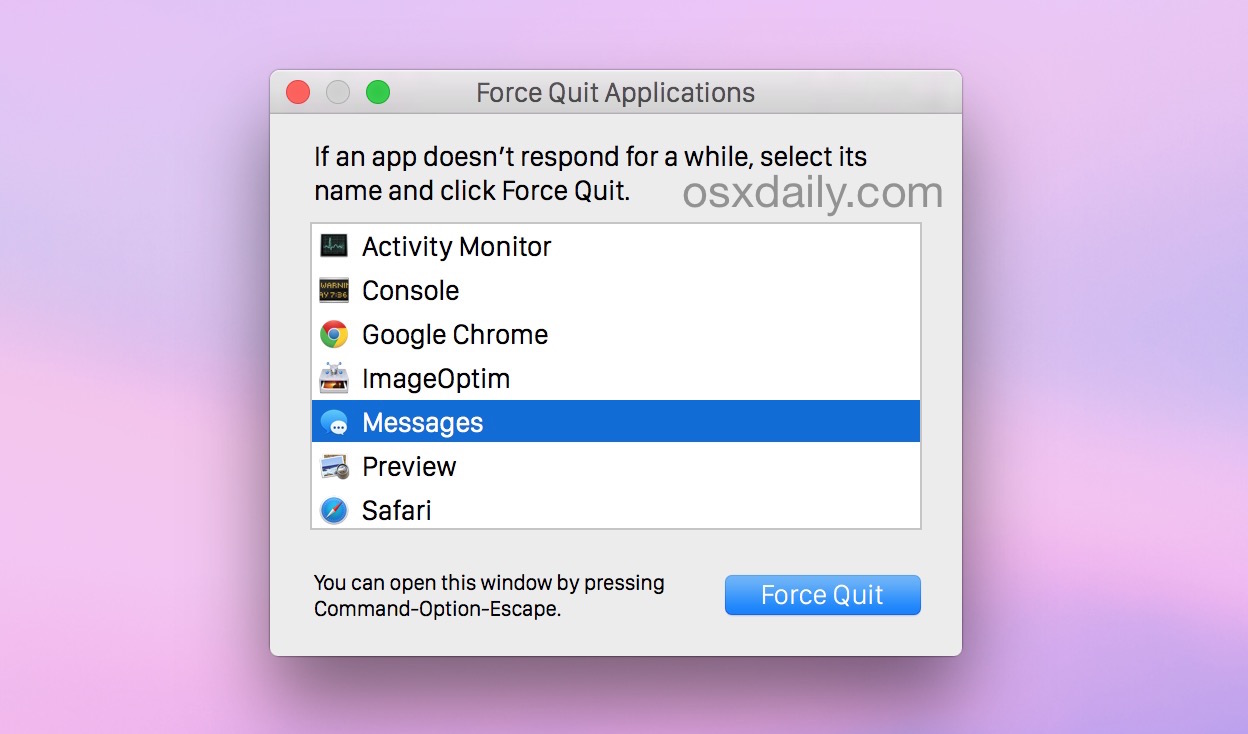
Please note that there are some processes that shouldn’t be messed with, especially those run by the root user.

In the CPU tab click on the arrow until it is facing downwards. Quit processes using high amounts of CPU.Sometimes the only way to unmount a stubborn disk image is by killing the associated disk image process. These are PowerPC processes running on an Intel-based Mac, so it doesn't make too much sense to allow them to eat into the physical resources of your Mac. It's safe to quit processes that resemble app names you have already quit. Look for processes with names similar to those of closed apps.That won’t always be such a good idea, though, so it is important to ask yourself: ‘Which processes do I need to kill?’ When looking at the process names, the vast majority of them may sound like gibberish to you, and you'll be tempted to kill all of them. When you open Activity Monitor, a long list of items appears. What Processes to Kill With Activity Monitor
Mac task manager kill process terminal mac#
As a result, what you'll notice is a slow Mac that can become hot if the process takes too long to run. That’s the photoanalysisd process, which sometimes launches and demands CPU resources. According to Apple support, the ‘feature’ has a daily limit on the number of photos it is able to process. Some users had huge photo libraries, others smaller, but the result was the same slow indexing process. While in theory it is a nice feature, in actual fact it became a source of frustration because users couldn't understand why it took so long to index the photo library. Indexing faces and objects was promoted by Apple as one of the key features of the Photos app and macOS Sierra. There are situations where it's not important to have a fully indexed Mac, and at these times it makes sense to disable Spotlight to save resources. In these cases Spotlight will consume a lot of your computer's computing power. Think of situations such as migrating to a new Mac, after a complete system erase and new install, a major macOS upgrade, and the like. Whenever you search for a file, it is Spotlight that will locate it for you, because it indexes the contents of the computer. The Most Common Processes Mac Users Complain AboutĪt the core of every search performed on a Mac is Spotlight. Using the ‘view’ menu allows users to choose which processes are shown in each of the five categories, be that all processes hierarchically, user processes, system processes, active processes, and more.


Also, certain third party Mac monitoring apps, such as iStat Menus, can allow you to view the processes by clicking on the CPU icon in the menu bar.Īctivity Monitor, the built-in system monitoring utility, is the best way to view all processes currently running on the Mac, and from here manage them based on how they affect the computer's performance. There are various ways to view running apps and processes in macOS: looking at the Dock, opening the Force Quit Applications window, using the Terminal, and finally by checking Activity Monitor.
Mac task manager kill process terminal how to#
This is a situation that no doubt everyone has encountered at least a few times… How to View Processes Then there are things like removable media and mounted disk images, where processes hidden from plain view could well prevent the media from safely ejecting.

Ending this process will improve the overall performance of the computer, especially in systems with less RAM. Or, out of the blue, the Mac slows down because one of these processes start to run, suddenly eating up 100% of the CPU. If you’re the sort who likes to keep on top of the apps running on your system, then you’ve probably already encountered those stubborn processes that, despite quitting the application, keep behind-the-scenes core or periphery application processes running in the background, consuming processing power and draining your battery.


 0 kommentar(er)
0 kommentar(er)
